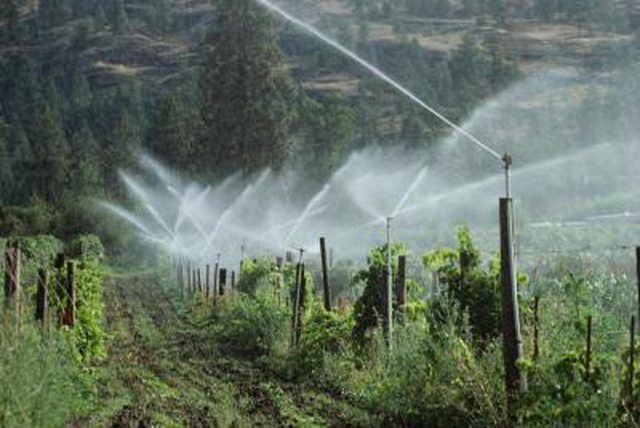Bulbs
Flower Basics
Flower Beds & Specialty Gardens
Flower Garden
Garden Furniture
Garden Gnomes
Garden Seeds
Garden Sheds
Garden Statues
Garden Tools & Supplies
Gardening Basics
Green & Organic
Groundcovers & Vines
Growing Annuals
Growing Basil
Growing Beans
Growing Berries
Growing Blueberries
Growing Cactus
Growing Corn
Growing Cotton
Growing Edibles
Growing Flowers
Growing Garlic
Growing Grapes
Growing Grass
Growing Herbs
Growing Jasmine
Growing Mint
Growing Mushrooms
Orchids
Growing Peanuts
Growing Perennials
Growing Plants
Growing Rosemary
Growing Roses
Growing Strawberries
Growing Sunflowers
Growing Thyme
Growing Tomatoes
Growing Tulips
Growing Vegetables
Herb Basics
Herb Garden
Indoor Growing
Landscaping Basics
Landscaping Patios
Landscaping Plants
Landscaping Shrubs
Landscaping Trees
Landscaping Walks & Pathways
Lawn Basics
Lawn Maintenance
Lawn Mowers
Lawn Ornaments
Lawn Planting
Lawn Tools
Outdoor Growing
Overall Landscape Planning
Pests, Weeds & Problems
Plant Basics
Rock Garden
Rose Garden
Shrubs
Soil
Specialty Gardens
Trees
Vegetable Garden
Yard Maintenance
How to Make an Inline Water Fertilizer Distributor
How to Make an Inline Water Fertilizer Distributor. Inline fertilizers allow you to place fertilizer inside a container and distribute it automatically through a sprinkler or hose. Commercial inline sprinklers contain a tank, a suction tube, and an inlet and outlet for pipes. It's possible to make your own inline distributor using an old plant-food...

Inline fertilizers allow you to place fertilizer inside a container and distribute it automatically through a sprinkler or hose. Commercial inline sprinklers contain a tank, a suction tube, and an inlet and outlet for pipes. It's possible to make your own inline distributor using an old plant-food distributor and a few plumbing fittings. Reconfiguring the plant-food dispenser mimics the commercial fertilizer dispenser for a fraction of the cost, while saving save time and money maintaining your lawn or garden.
Things You'll Need
Adjustable wrench
Plant food distributor
Male-to-male PVC adapter
Locate the sprinkler irrigation control box outside the house. Pull up on the colored lid exposing the valves.
Decide which zone to attach the fertilizer. For example, if zone one on your timer controls the front lawn, then attaching the fertilizer to that zone valve provides fertilizer to the front lawn.
Remove the supply pipe that's connected to the chosen zone valve by unscrewing it with an adjustable wrench.
Screw the supply line nut that you just removed into the threaded outlet side of the plant food distributor. The outlet is marked on the container.
Screw a male-to-male PVC adapter into the plant food distributor’s other end. Tighten it with the wrench.
Screw the other end of the adapter into the port on the sprinkler valve. You have now completed the connection among the valve, the fertilizer and the sprinkler supply pipe.
Unscrew the plant food distributor’s bottom and fill the container with a high-quality liquid fertilizer. Do not use dry fertilizer, as it clogs the system.
Turn the sprinkler timer to the "on" position and test the connection. Fertilizer begins flowing into the sprinkler system for the installed zone.
Tips & Warnings
If there is not enough room in the sprinkler control box to accommodate the fertilizer, dig under and around the box to make more room.
Never use dry fertilizer in an inline fertilizer system.